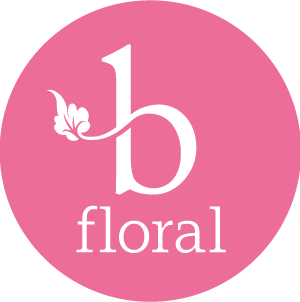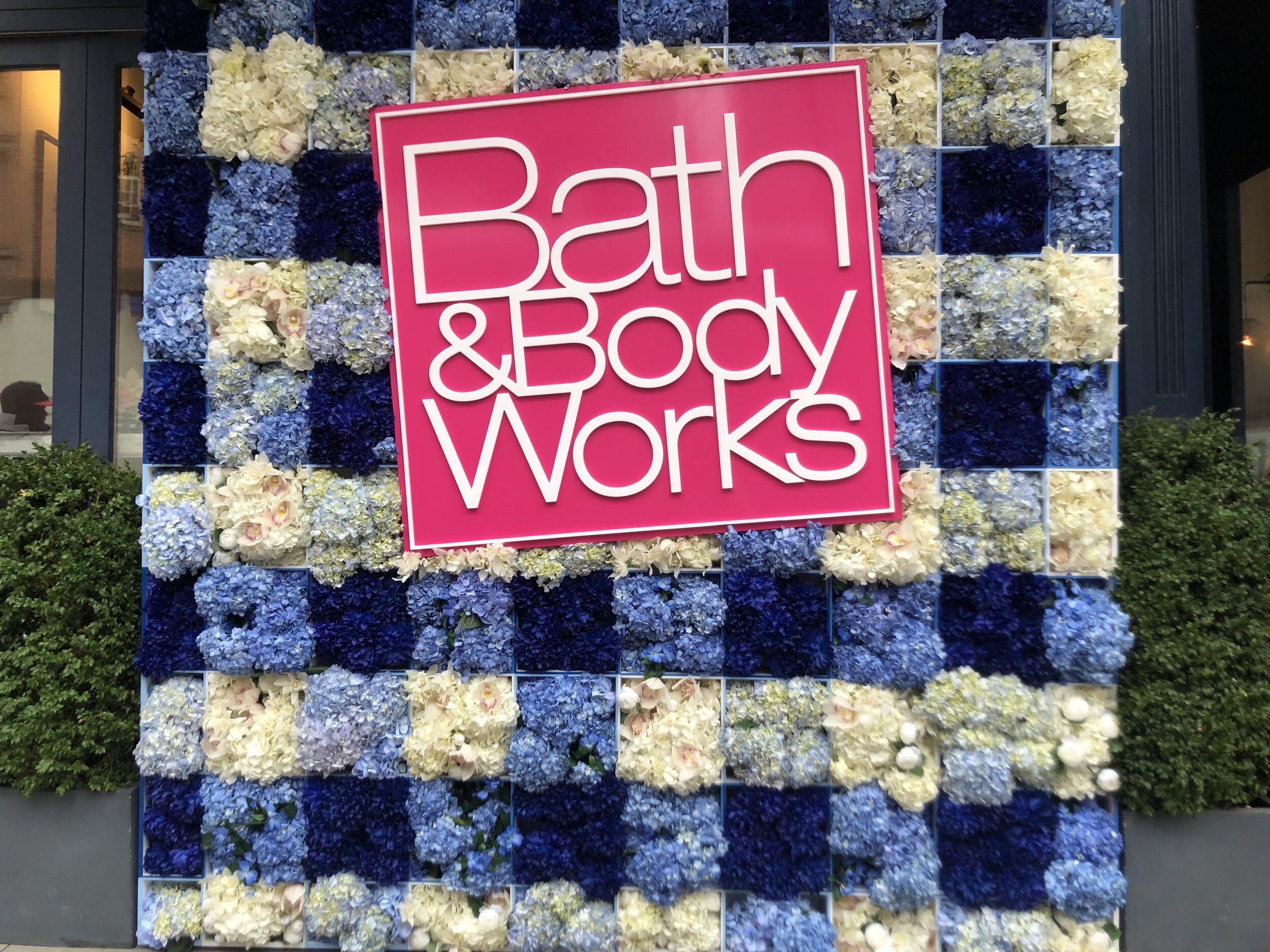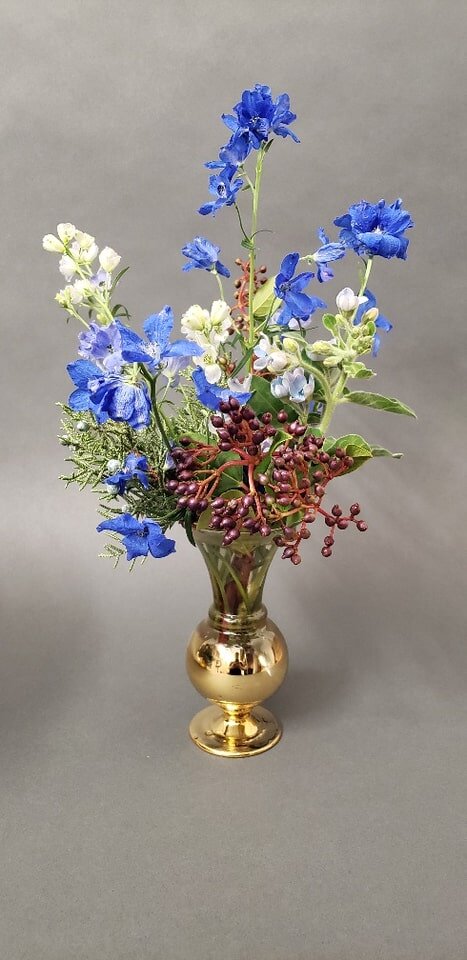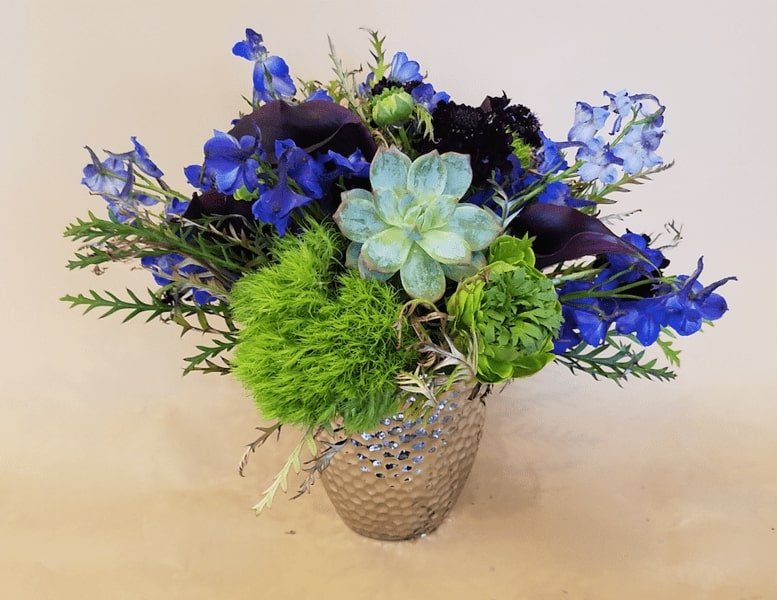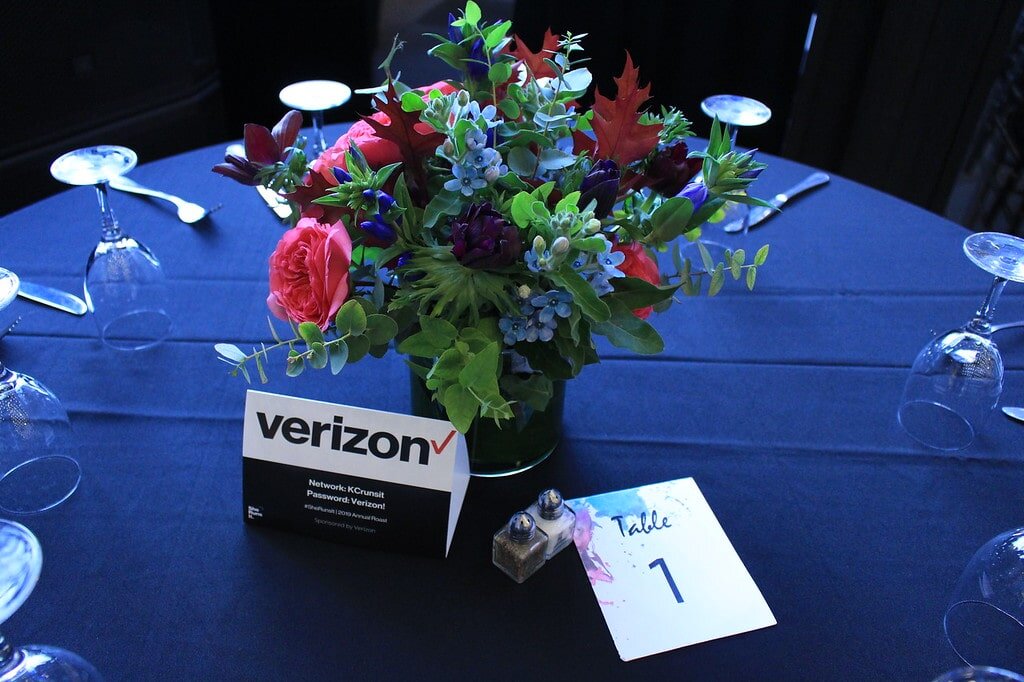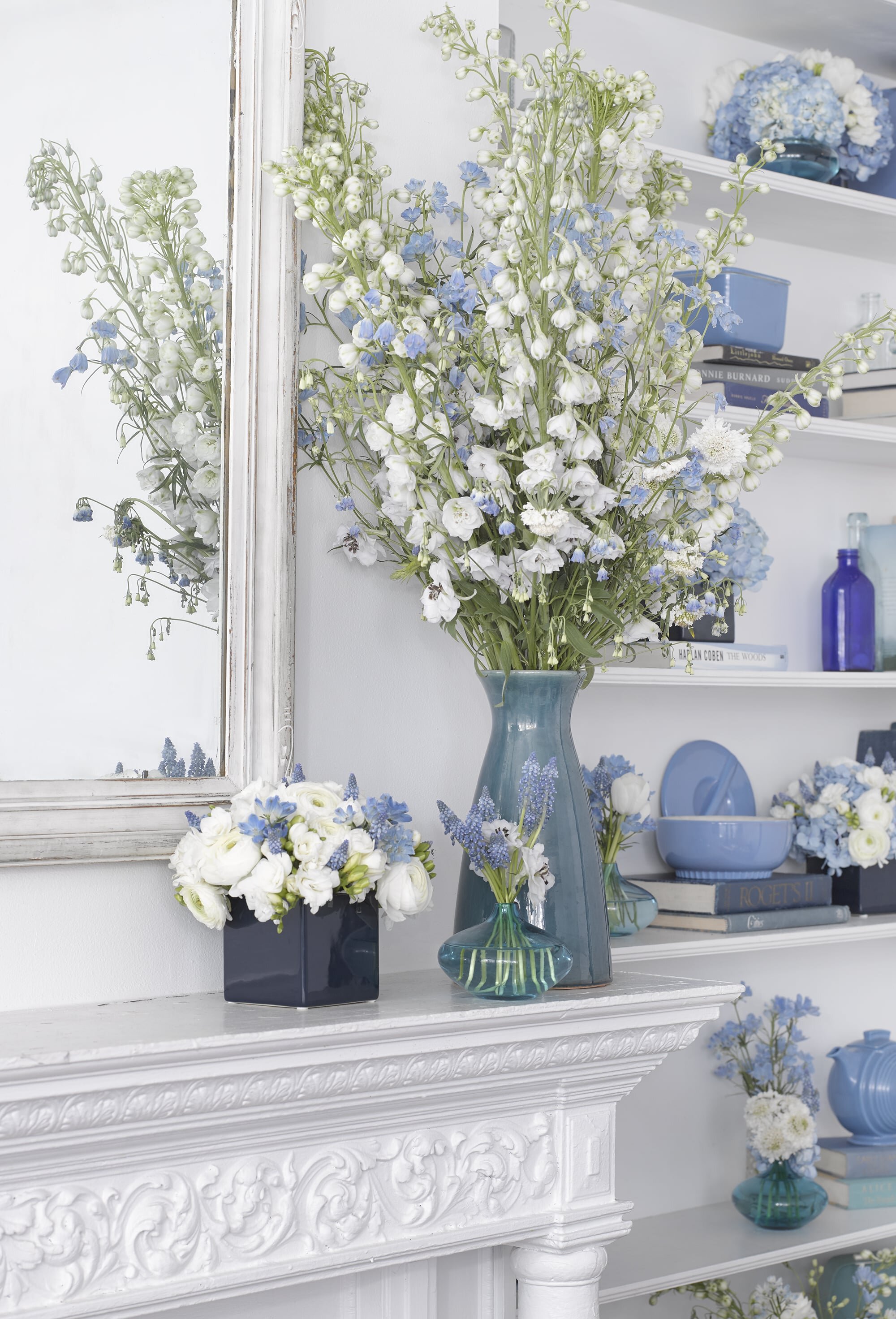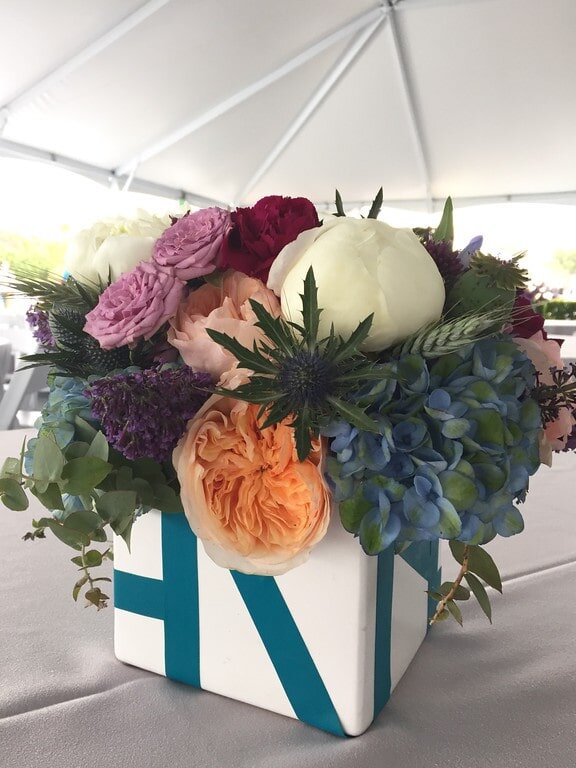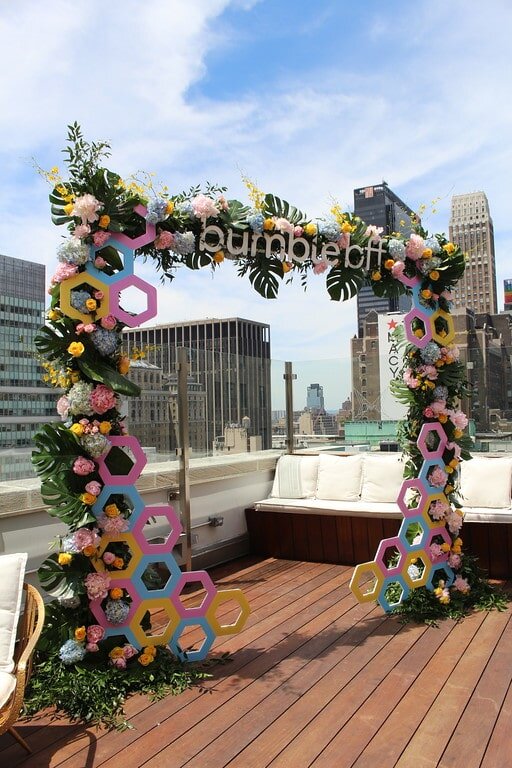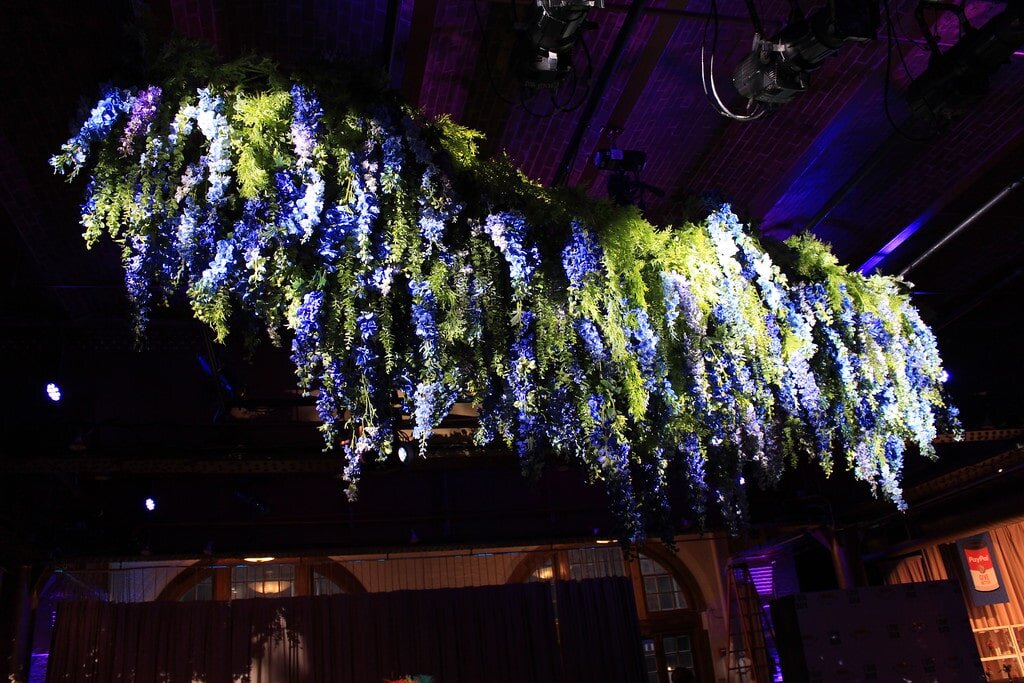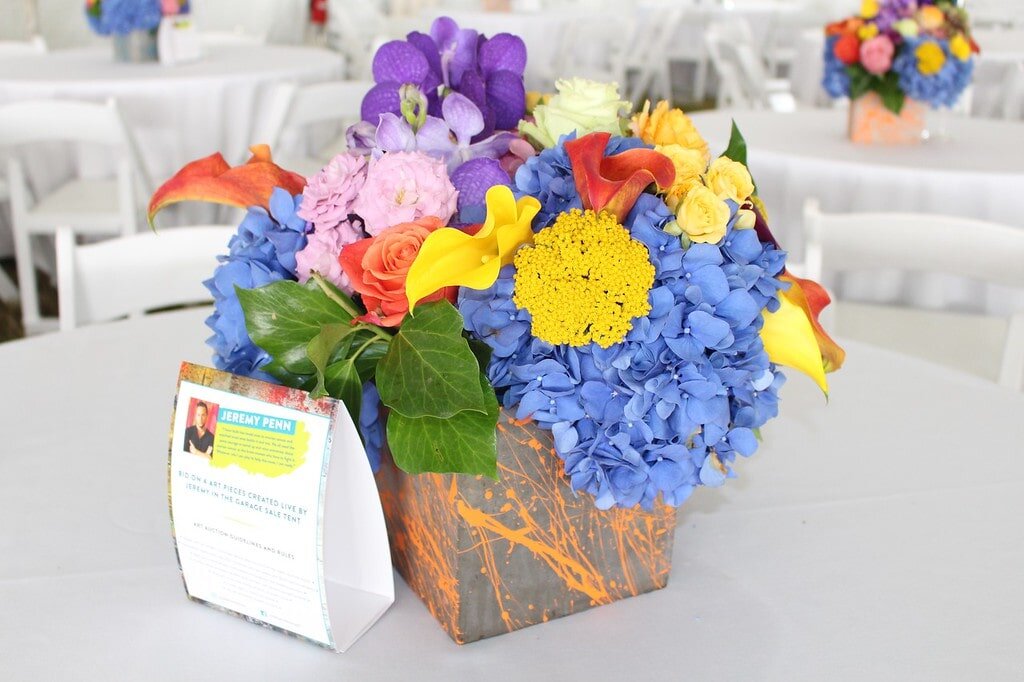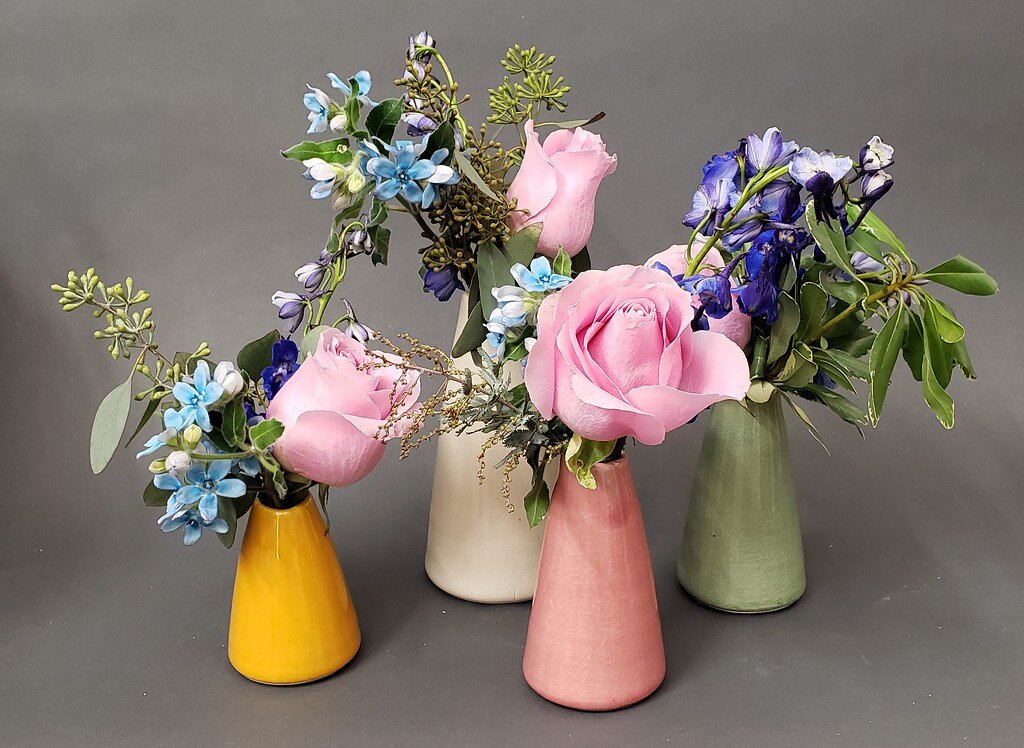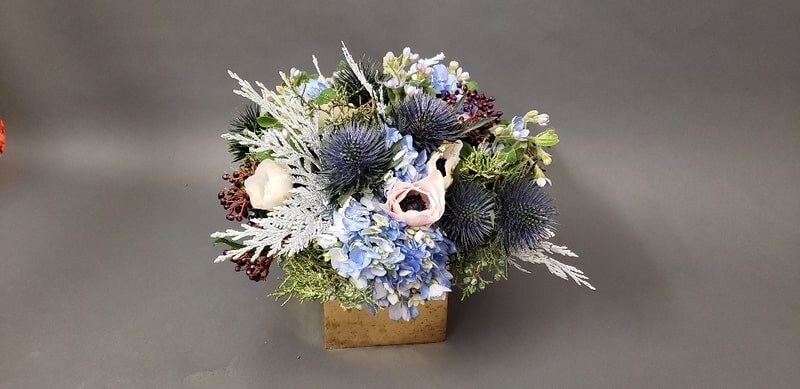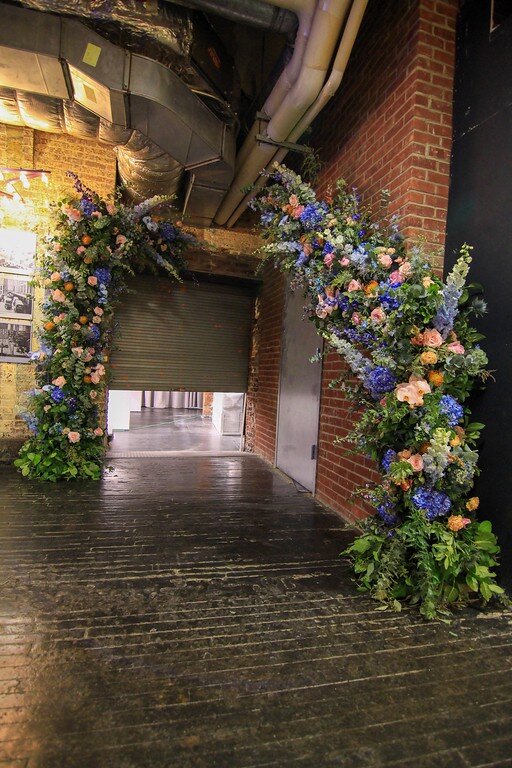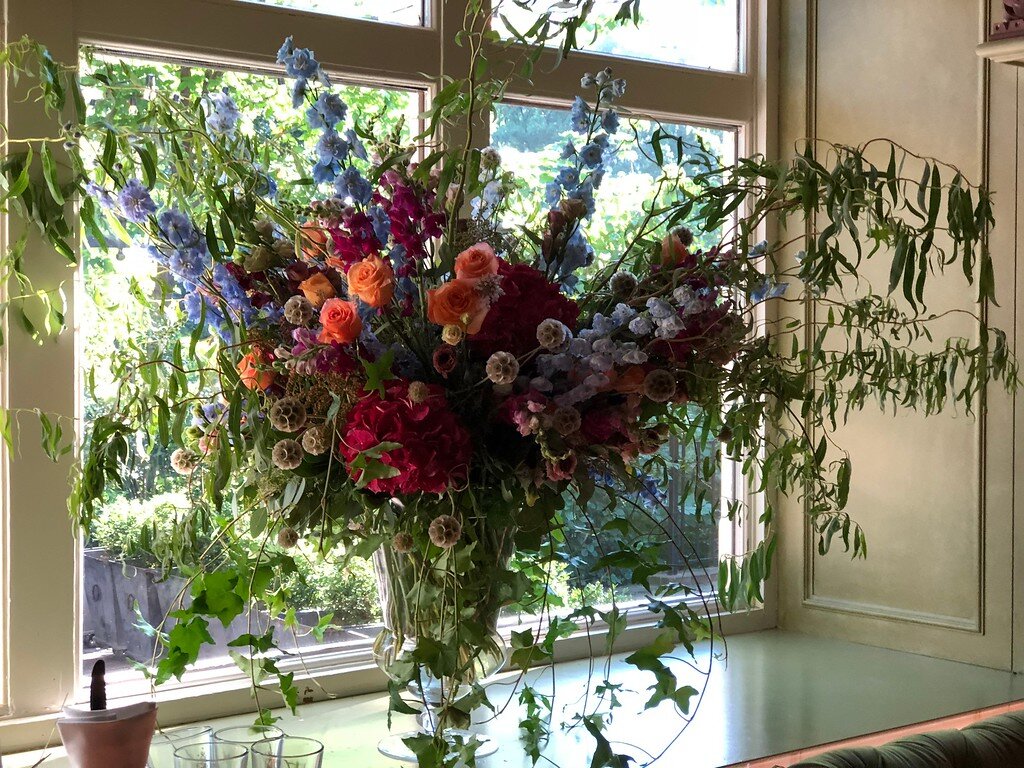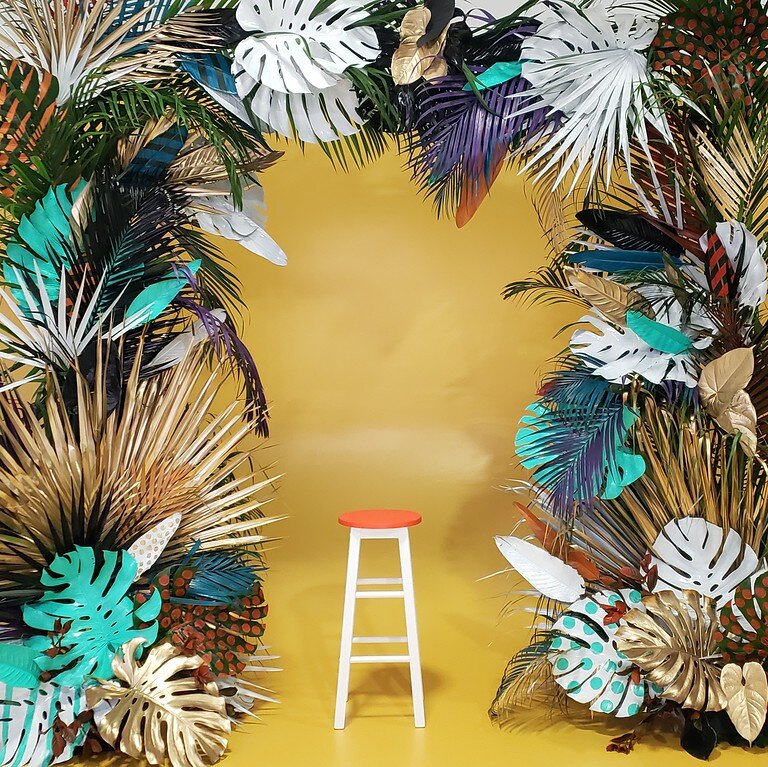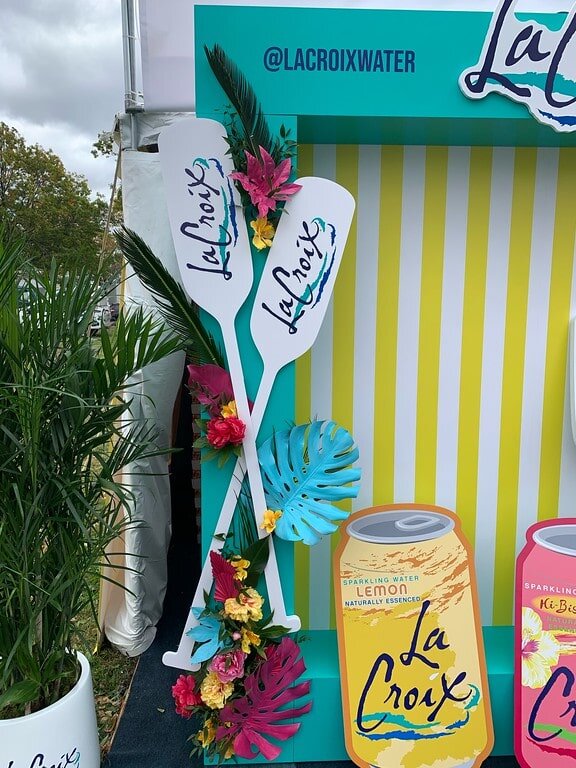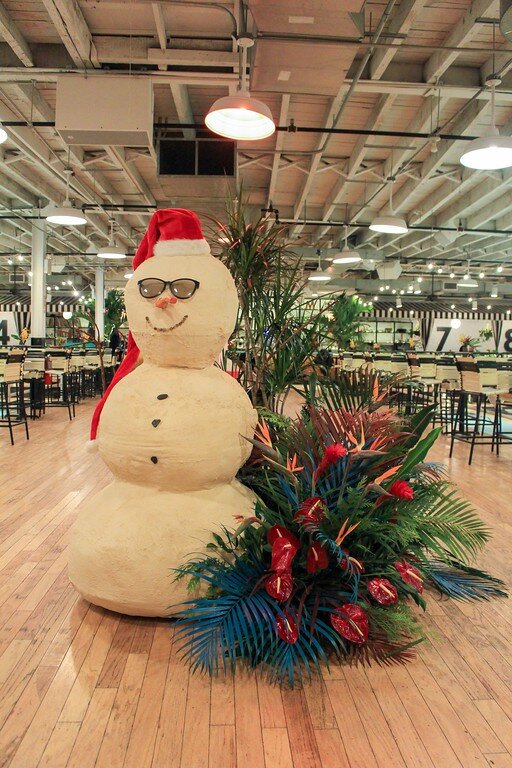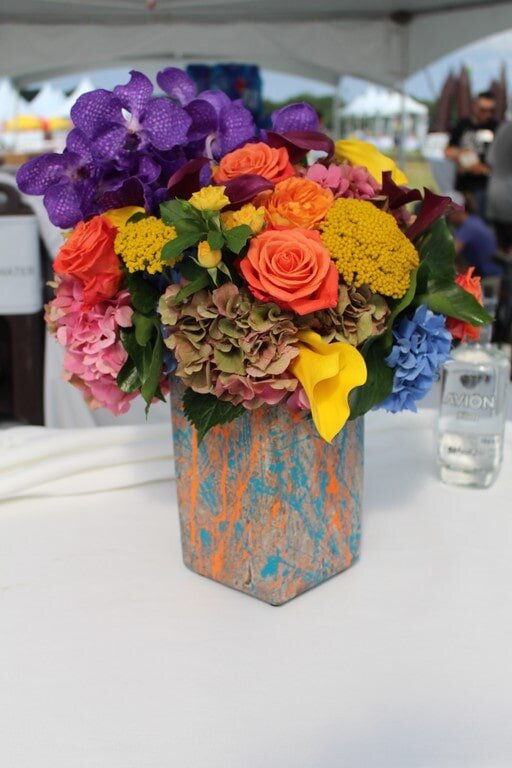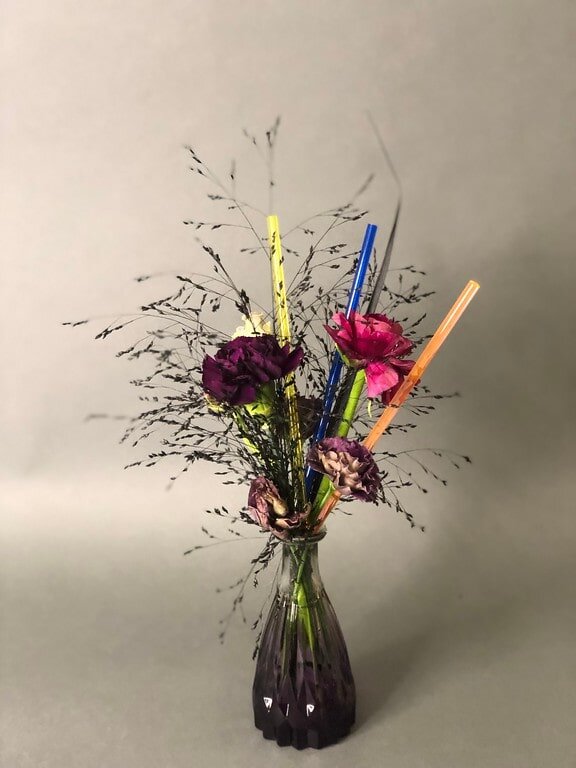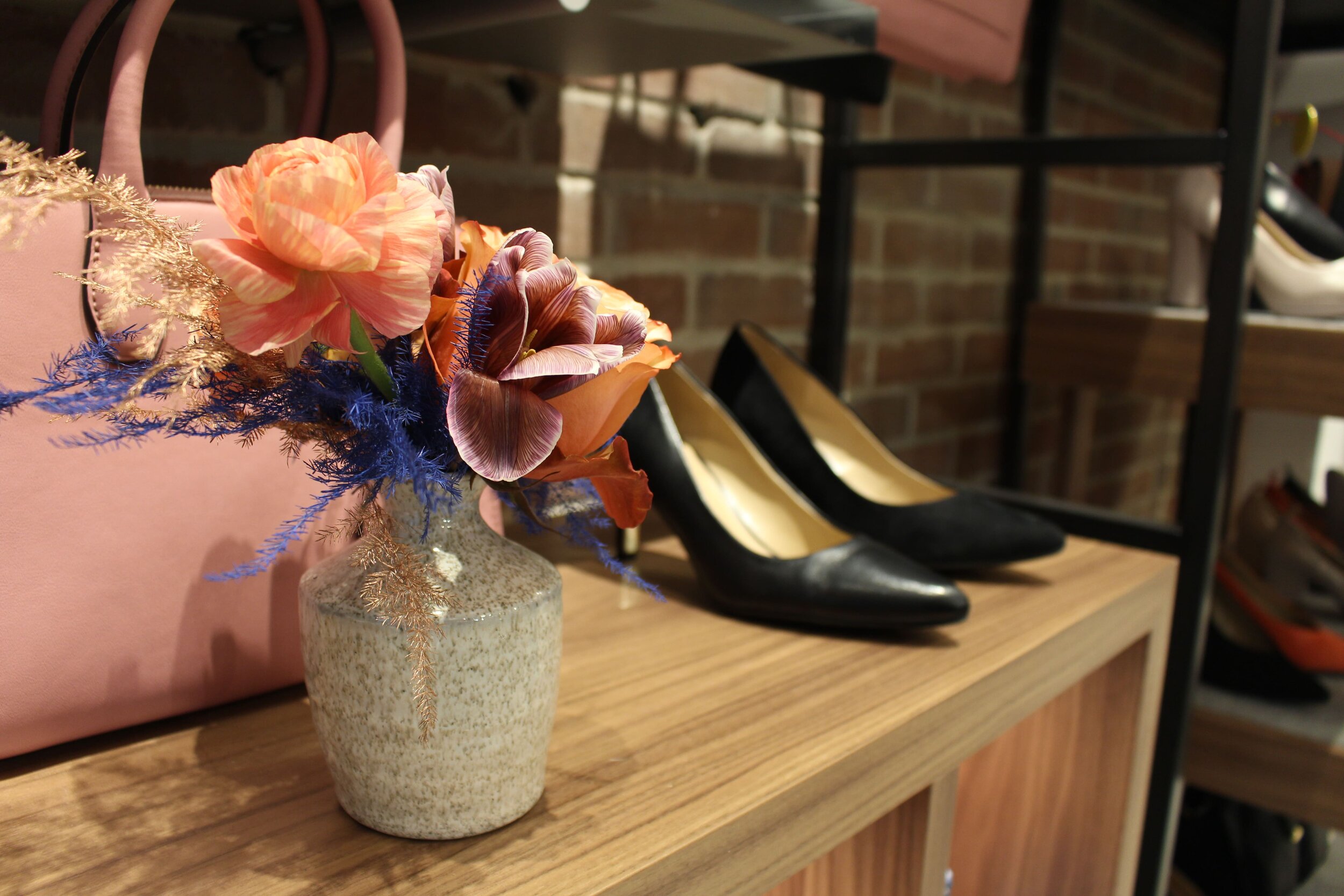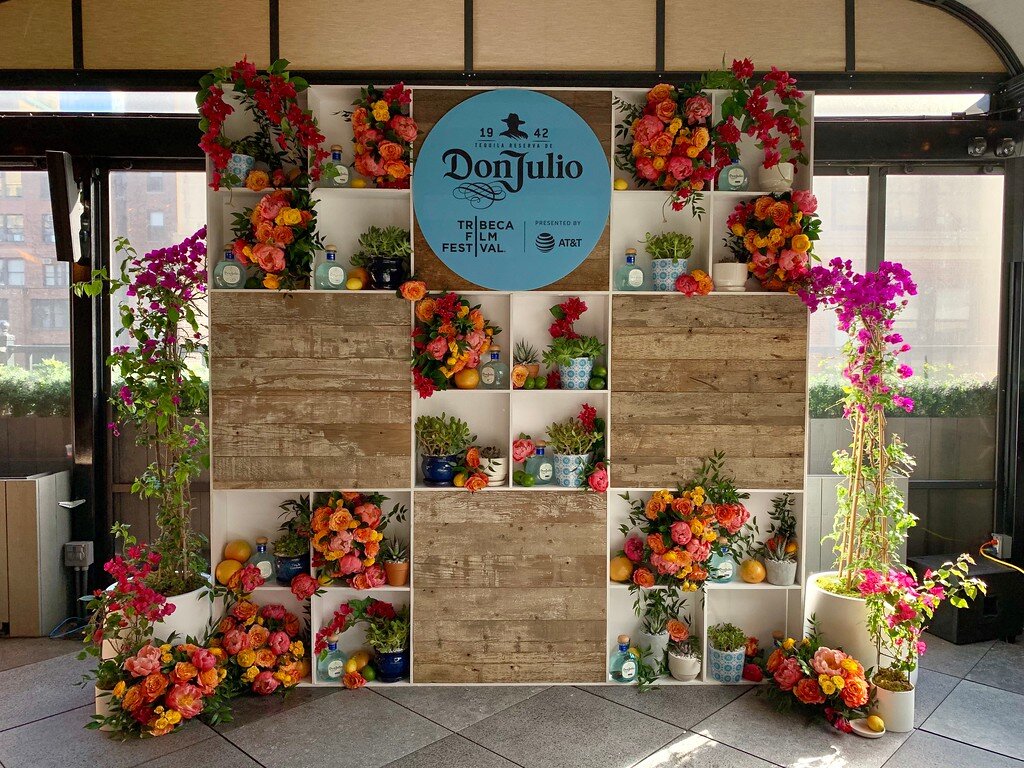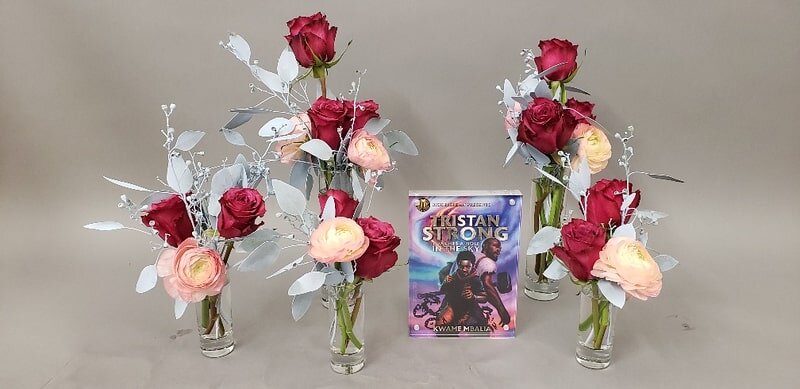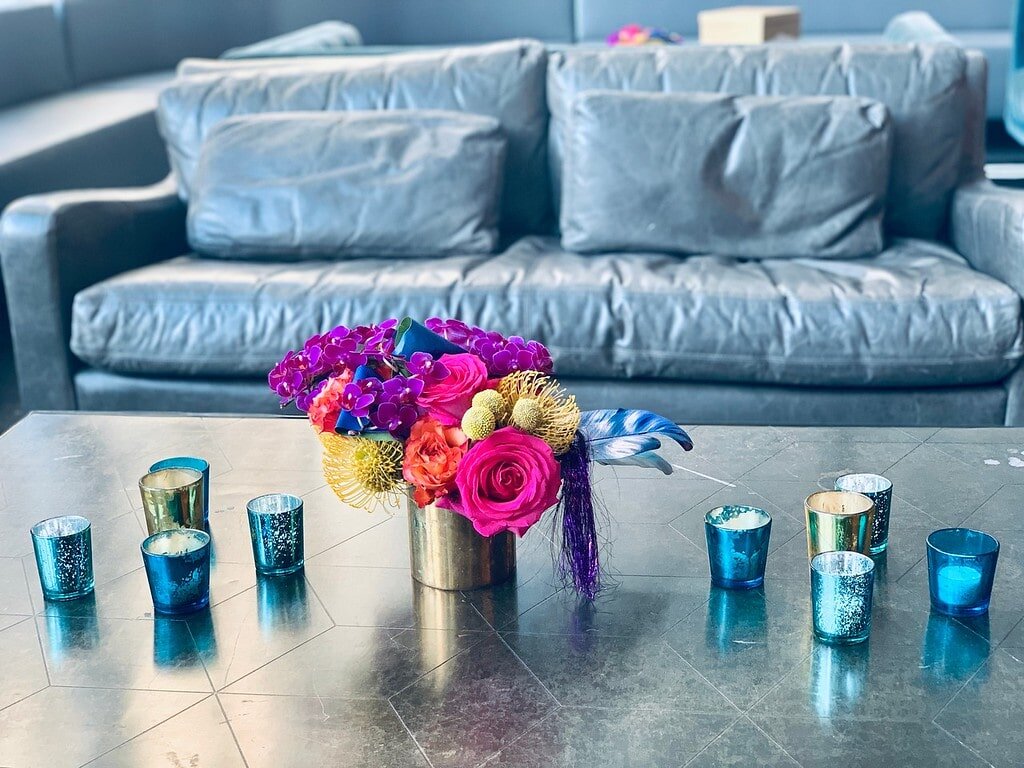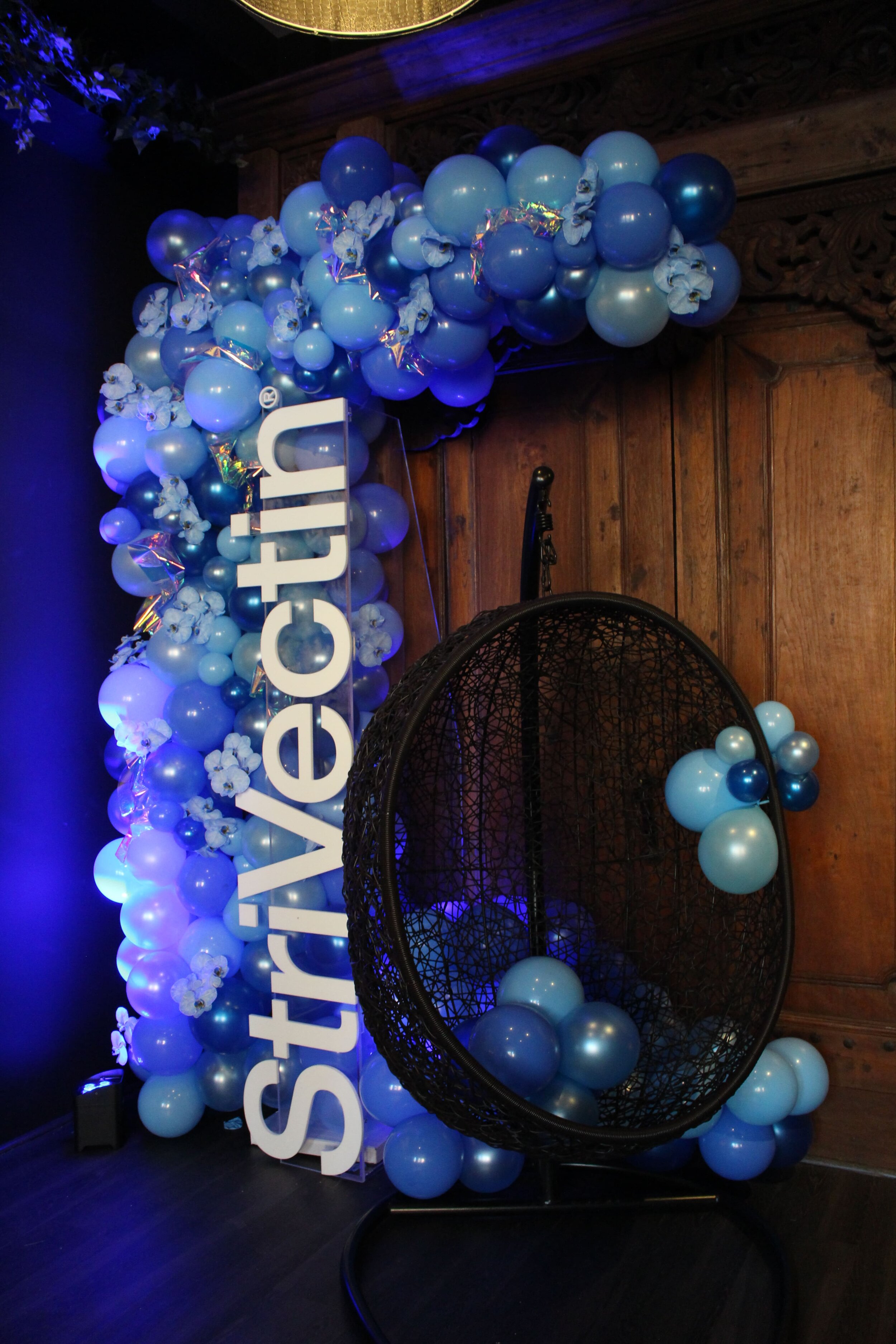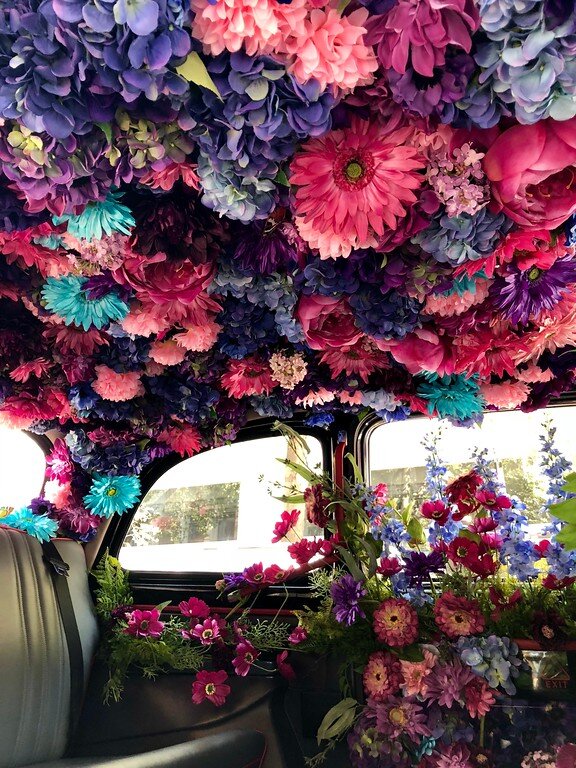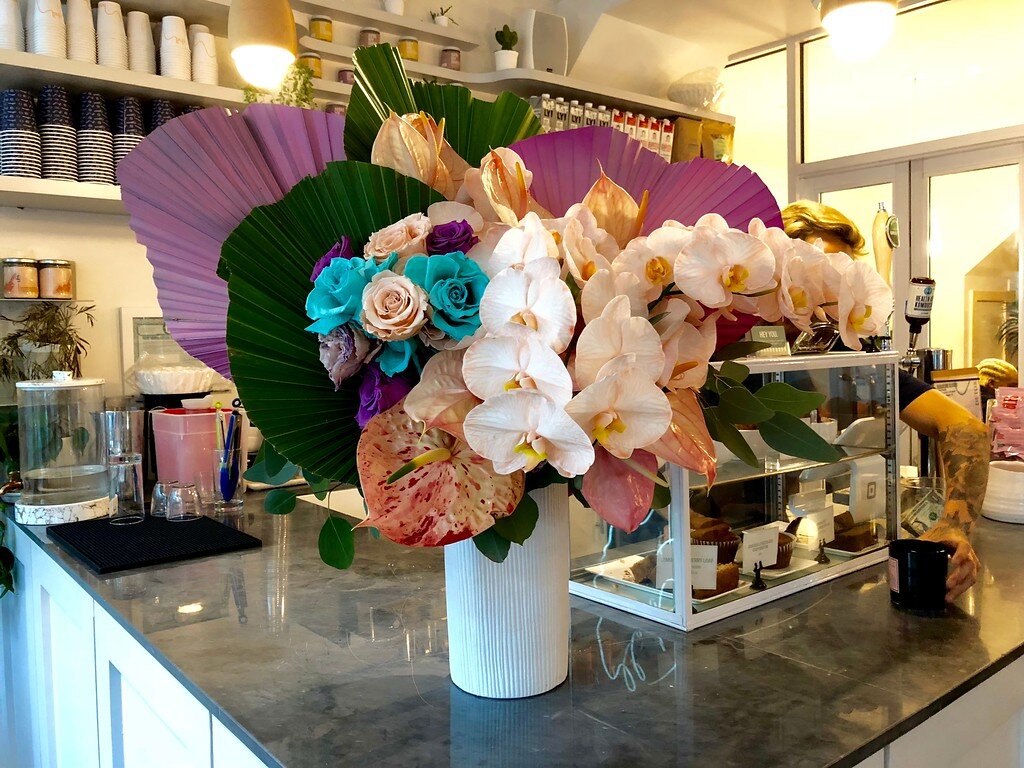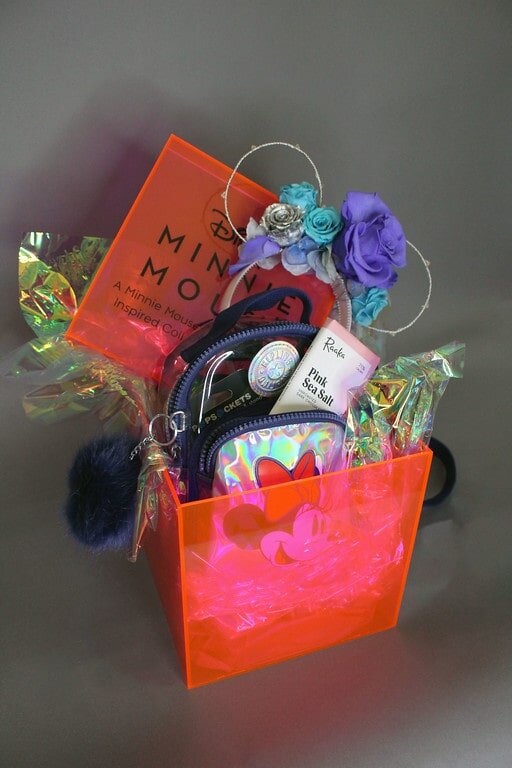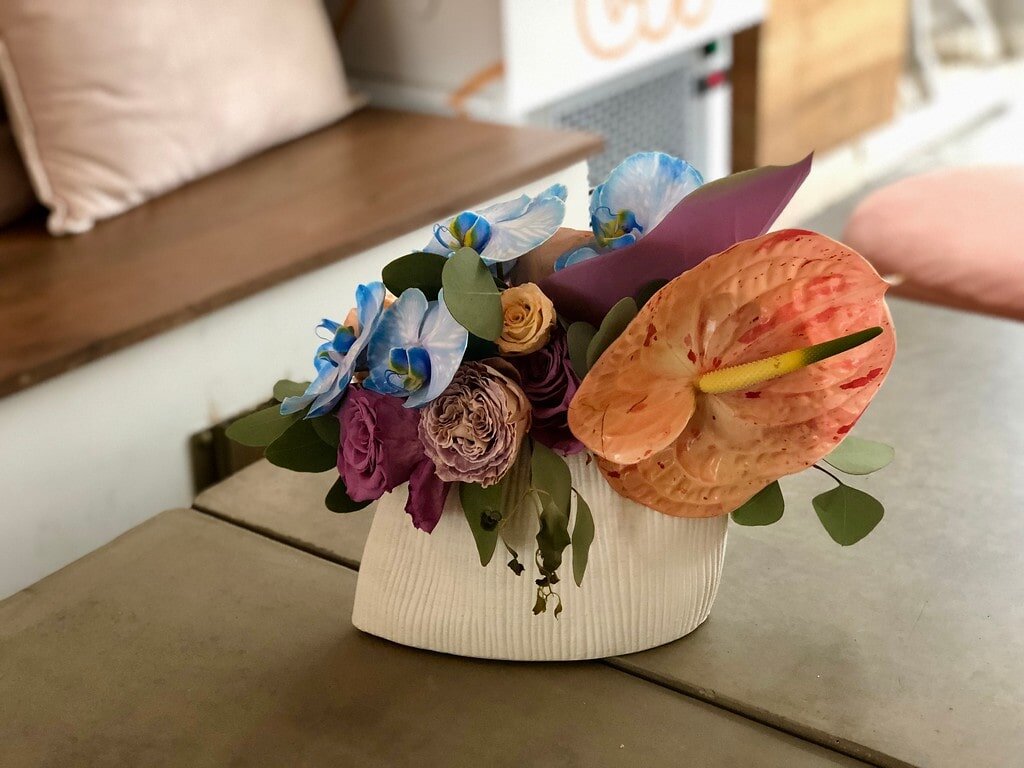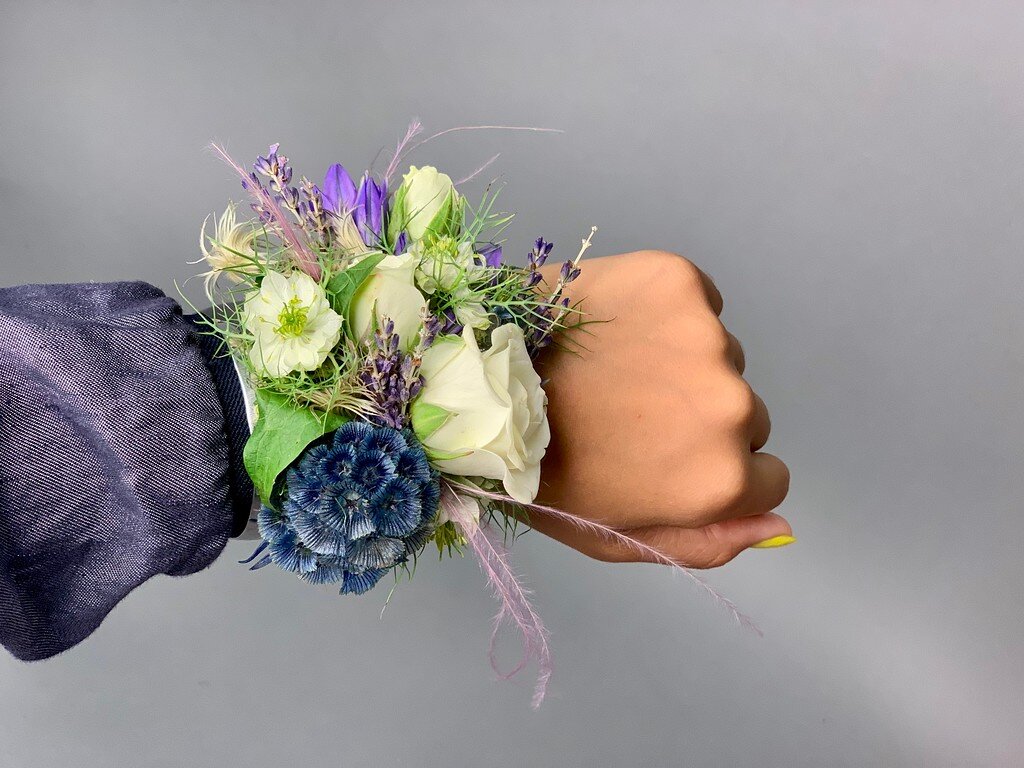The Science of Blue Flowers

When it comes to picking the color palette of an event, your options are nearly limitless. There are varying shades, hues, and tones for all of the colors of the rainbow. However, the same can’t always be said for flowers! In fact, there are only a certain number of pigments that flowers can have. There are pigments like porphyrins (which make purple), carotenoids (which make yellow, orange, and red), anthocyanins (which make red, purple, or black) and betalains (which make red and yellow). If you notice, none of these are the correct pigment to make blue! Therefore, florists have to get a little creative when proposing blue elements for clients. Read on to find out some of our favorite ways to incorporate blue flowers and elements into events for clients!
More Details Behind Blue Blooms
It is believed that out of the 280,000 species of flowering plants, less than ten percent of them actually produce blue flowers. Most of the blue flowers that you see while strolling through NYC or at an event are made with creativity, science, or a combination of both! Anthocyanins, the pigments that give certain flowers their rich colors, can be modified by shifting their pH balance. For example, to grow blue hydrangeas, you must first adjust the pH balance of the soil that the hydrangeas will be growing in. This will change the color of the hydrangea from pink to blue. Working in the events industry, we have to know all of the tricks and tips for sourcing blue flowers and using them at events. There are countless numbers of companies that use blue in their logo, so we always have to be ready to represent at any branded event that we work on.
Blue Flowers and Their Traits
Just because they’re rarer than others, it isn’t impossible to find naturally blue flowers. They’re few and far between, but they’re radiant. Check out some of our favorite naturally blue flowers below, as well as some of their characteristics.
Hydrangea: As mentioned before, hydrangea must be grown in soil that has a pH balance of 5.5 and lower, making it acidic. These flowers look great when used in flower walls, arrangements, and more.
Tweedia: These flowers are sweet, dainty little cuties. They complement larger arrangements well by providing varying size and depth.
Cornflower: Cornflowers grow in full sun and used to grow wildly as a weed in cornfields, leading to its name. They are soft, frilly blossoms that will add a sense of delicacy to any event.
Thistle: These sharp, prickly flowers are fun to add to any and all event design! They add an element that most people aren’t used to seeing and give arrangements, tablescapes, and more a texture that is fun to view.
Delphinium: Delphinium is a long and tall flowering beauty that always steals the show! We love to use delphinium in a hanging installation or a tall arrangement where it can really make an impact.
Agapanthus: Although this flower can sometimes be seen as being more of a purple/blue than just straight blue, it is a delicate flower that can add great beauty to any arrangement.
Hyacinth: Hyacinth is a flower that is native to the eastern Mediterranean. These flowers are very fragrant and are packed very close together.
Clematis : Clematis is another flower that can sometimes be viewed as purple depending on the batch that you’re viewing. These florals look great in arrangements that are loose and wild.
Anemone: Anemone are typically very bright, vibrant flowers that attract attention. They command a room, therefore, they fit perfectly on almost any design element.
Gentiana: These flowers are typically a very intense blue shade, which translates perfectly to an event that has a vibe that is moody, deep, or romantic.
Muscari: These blooms almost appear as a bunch of grapes when they grow fully! Their cobalt blue tones complement most other colors wonderfully, and they are a cheery element that adds animation to the bouquets and arrangements that they are put in.
Although this isn’t a complete list of all of the flowers that are naturally blue, these are just some of our favorites! However, when we can’t source these in the flower market, we don’t let that stop us…
Painted Foliage & Other Elements
When a client is looking for a blue element, but they don't have specific requirements when it comes to flower type, it can be fun to propose other unique elements into an event’s design. Some of our favorite blue elements to add to an event’s design include:
Blue vases or plain vases splatter painted blue
Foliage that is painted blue
Dried grasses that are dyed or painted blue
Greenery that is painted blue
Palms that are painted blue
Out of the box, non-floral elements that are blue
Foliage, palms, and grasses that are painted blue all work very well to create a statement at any event. They can add to an event’s overall theme and design in an animated way that guests will not be used to seeing. Painted vases work well, in a more subtle way, that will be effective, yet not distracting. Using painted elements is a great tool because it allows us to match the color of a company’s logo or name perfectly. All of these elements can help add to the splendor of an event while complementing a company’s branding and working to evoke the message they want their guests to receive.
Dyed Flowers
Another way that we’re able to “create” blue flowers is by taking flowers that are not naturally blue and dying them so they transform into the desired shade, hue, and tone of blue. Some of our favorite flowers to dye include:
Phalaenopsis (orchids)
Tulips
Carnations
Amaranthus
Roses
However, this is not a conclusive list. We have experience using dyed florals for all types of design elements such as flower walls, tablescapes, flower arches, branded installations, and more. Utilizing dyed florals can be exciting for clients and guests because it can show them something they’re not used to seeing as blue!
Faux Flowers & Other Faux Elements
If you still can’t find the perfect blue flower or element you’re looking for, there are always options to use faux flowers and other faux elements! When it comes to faux flowers, you can usually find any sort of color and flower combination that you’re looking for. Faux flowers are made with silk and this material can be dyed to match the blue shade you’re looking for (or any other color for that matter!). Other blue faux elements that should not go unnoticed are butterflies, fruits, veggies, ribbons, and more. Although these pieces are not flowers, they can still be used to make an impact in any well-designed event. Additionally, there is the option to add blue paper flowers to your event design. Paper flowers can be intricately crafted and constructed to make a creation that wows guests and inspires them to learn more about your brand. All of these blue elements can be used at your next event to produce the dramatic, brand-driven design that your client is looking for, no matter how unique the blue hue may be.
Contact B Floral for your Floral Needs
No matter what color you’re thinking of utilizing at your next event, let B Floral handle the work for you. As a full service event design and production company, we’ve worked with every color palette that you could possibly think of! If you’re unsure of what direction you’d like to go in with the color theme of your event, we can help with that too. We thrive on helping clients create concepts from scratch and working with them through every step of the process to bring their design to completion. In New York City and beyond, we’ve used every hue, shade, and tone of the rainbow to bring the vision of our clients to life. Contact us today to start working on your next event!
